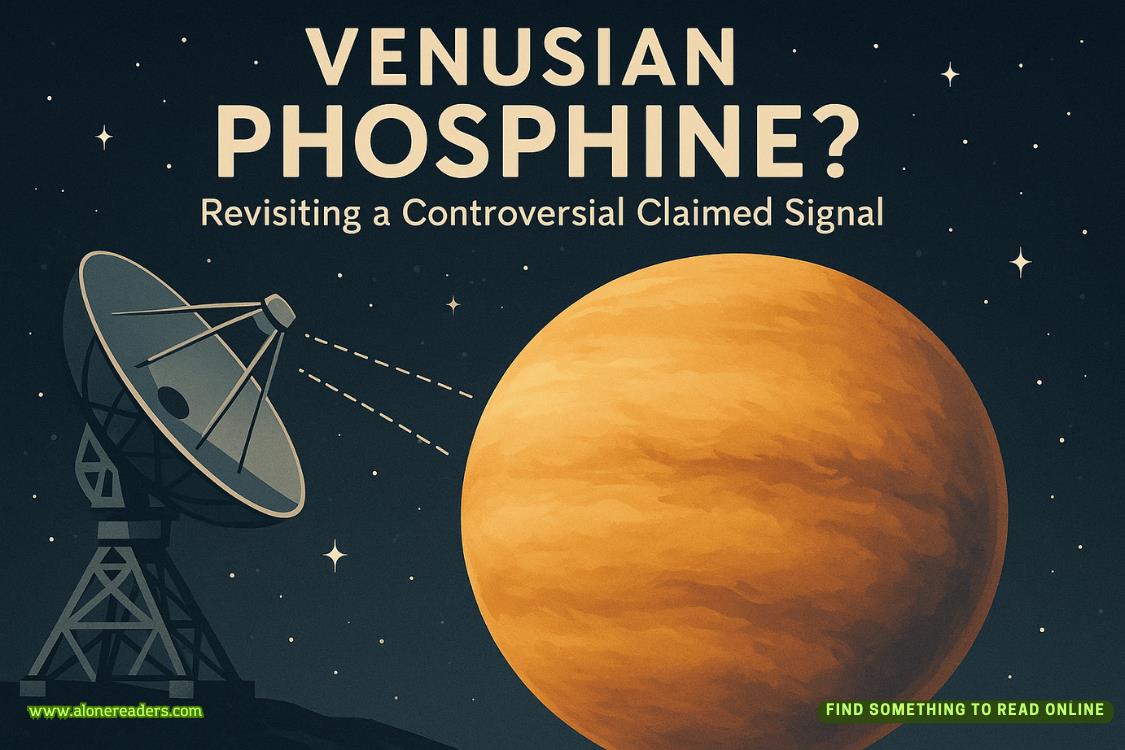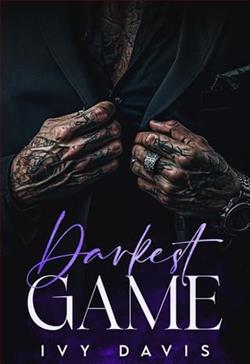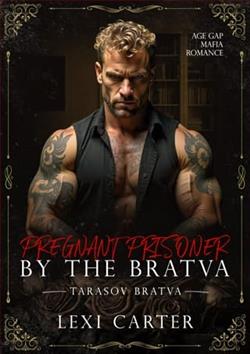Page 87 of The Oligarch's Daughter
They could arrest him on any pretext.
He had to lose the tail.
Paul locked the bathroom door and placed the case on the counter next to the sink. Unzipping it, he found a silver-gray Adidas track suit jacket; on the front, the image of a soccer ball, the logo of some Russian football team. There was also a pair of worn blue jeans, a green-striped T-shirt, a pair of battered Nike Air Max 95s, and a black Russian flat cap. In a glasses case, a pair of glasses with thick black frames. He put them on and saw that the lenses were clear.
In a few moments, he’d changed into his Russian costume and folded his suit jacket and pants and Oxford shirt into the case. He regarded himself in the mirror and almost laughed at how different he looked. He could now pass for a Russian.
Paul hit the Call button on the phone. “What now?”
“I want you to exit the hotel through the service entrance in the back, next to the kitchen. That will lead you to an alley. You’ll be taking a left out of the alley and back onto the street. Two blocks away, you’ll find the Metropol and your cab.”
He left the restroom, carrying the case, and saw no one there. He found the service entrance, pushed the door open, and exited next to a foul-smelling dumpster. A couple of kitchen workers were standing next to it smoking. They nodded at him. One of them said something to him in Russian, but he ignored it, nodding back and smiling, and kept going down the alley.
The voice in his ear said, “You’ll be passing the Lubyanka, where there’s a prison you don’t want to see the inside of.”
“Uh, yeah.”
“Used to be KGB headquarters. No longer. Still not a nice place to visit.”
It was a large yellow-brick building with hammer-and-sickle symbols on its lower façade. He’d seen this place before, in spy movies, and the sight of it made him reflexively nervous.
A few blocks away was an enormous and beautiful hotel the size of a city block, the Metropol. He found the main entrance, beneath a canopy with the hotel’s name emblazoned in English. In front of it idled buses and luxury vehicles and several yellow cabs. He found the cab with the right number and got into the backseat. The driver, who’d been standing outside the cab smoking, dropped his cigarette to the pavement and ground it out with what appeared to be disappointment.
“Meester Langfeet?” he said as Paul got in.
“Yes.”
“Tretyakov Gallery?”
“Right.”
“Is close.”
Paul nodded.
“Short ride.” The driver sounded annoyed.
Paul shrugged, said nothing.
The voice in his ear spoke. “You’re in the cab?”
“I am.” The driver looked like a Muscovite but had a British or American name and spoke English. It didn’t make sense to him, but he didn’t raise the point with the FBI man on the phone. This wasn’t the time.
“Okay,” the voice said, “I’ll meet you in front of thePrincess Tarakanova.”
“Who?”
“You’ll find it easily. Second floor, Hall Sixteen.Princess Tarakanova. Every Russian knows her. I’m signing off now.”
58
The cab took him to 10 Lavrushinsky Lane, and he entered the ornate nineteenth-century building. He paid five hundred rubles for a ticket, checked his carry-on case at the museum’s cloakroom, and joined a crowd of tourists. On the second floor, he foundPrincess Tarakanova.
The painting was extraordinary, arresting. A large crowd had gathered in front of it. The canvas was large, eight feet by over six feet, and dramatic, painted in the Russian realist manner. A beautiful young woman stands on a bed trying to escape a rising tide of water flooding her gloomy prison cell. She leans back against a crumbling wall, helpless, her face wracked with despair.
Paul looked around for the FBI agent, heard Japanese and French being spoken. A guy standing next to him said, “Pretty great, huh?”
Paul turned. It was a craggy-faced American tourist, a bulky white-haired man wearing a Chicago Cubs cap and holding a guidebook to Moscow.















